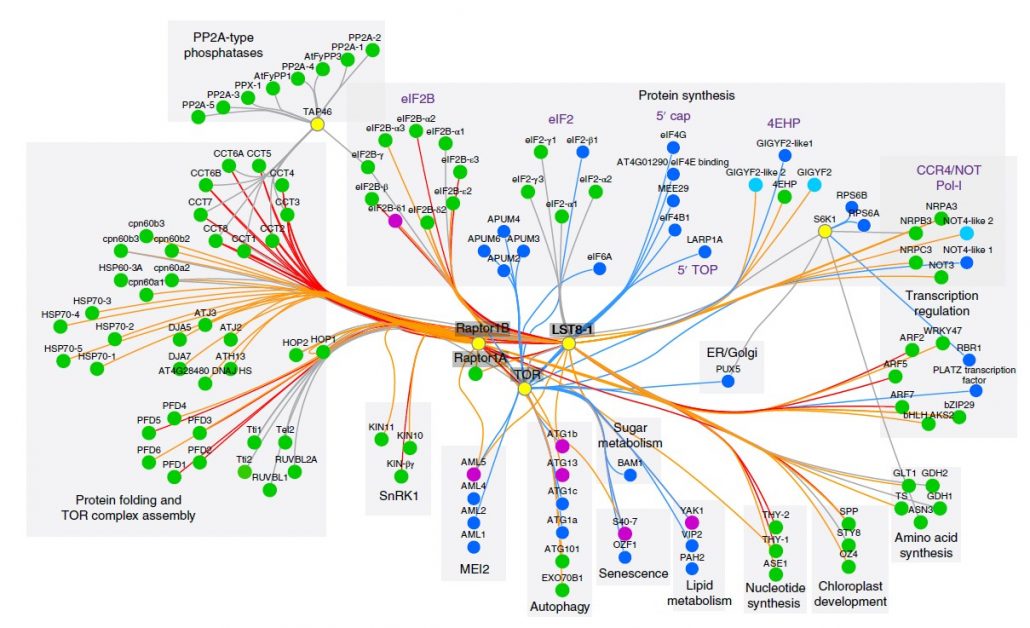
The phosphorylation and protein interaction landscape of the plant TOR kinase (Nature Plants) ($)
Plant Science Research WeeklyThe TOR (target of rapamycin) is a conserved regulator of cellular homeostasis and energy status in several clades of life. TOR signaling is well studied in animals while precise regulation and downstream targets of TOR kinase are not very well explored in plants. Some well-studied TOR kinase targets…
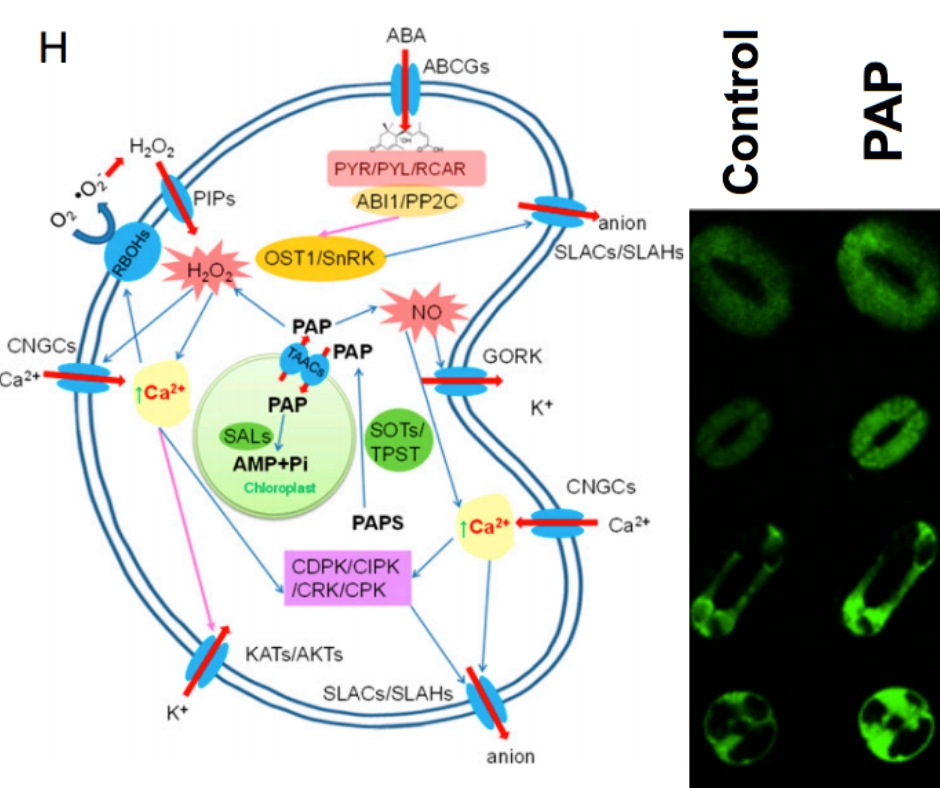
Evolution of chloroplast retrograde signaling facilitates green plant adaptation to land (PNAS)
Plant Science Research WeeklyThe evolution of signaling pathways in plants enabled the water to land transition, during which drought response was crucial for the adaptation to terrestrial habitats. Here, Zhao et al. reveal the role of drought- induced phosphoadenosine (PAP) in the regulation of abscisic acid (ABA) synthesis in…
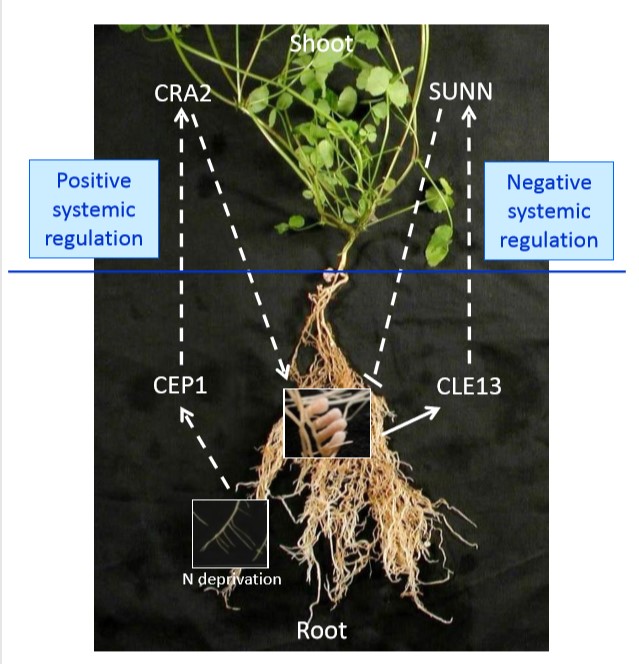
Two opposing pathways independently regulate symbiotic nodulation in Medicago truncatula ($) (Plant Physiol)
Plant Science Research WeeklyTo optimize usage of nutrient, legumes utilize multiple strategies to regulate root nitrogen-fixing symbiotic nodulation. Excessive nodulation may hamper plant’s normal growth, so fine-tuning it is important for plant survival. Laffont et al. report that there are two independent pathways systematically…
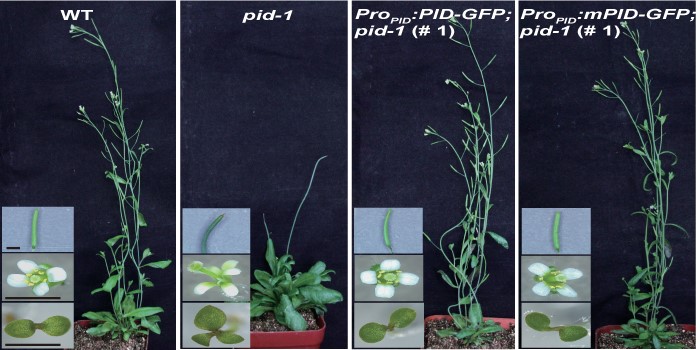
Lipids and Auxin Signaling in Plant Salt Responses
Research, The Plant Cell, The Plant Cell: In a NutshellWang et al. highlight the importance of lipid protein interactions in spatiotemporal regulation of auxin signalling. Plant Cell https://doi.org/10.1105/tpc.18.00528
By Peipei Wang and Qun Zhang
Background: Salt stress inhibits plant growth and development, leading to many physiological reactions.…
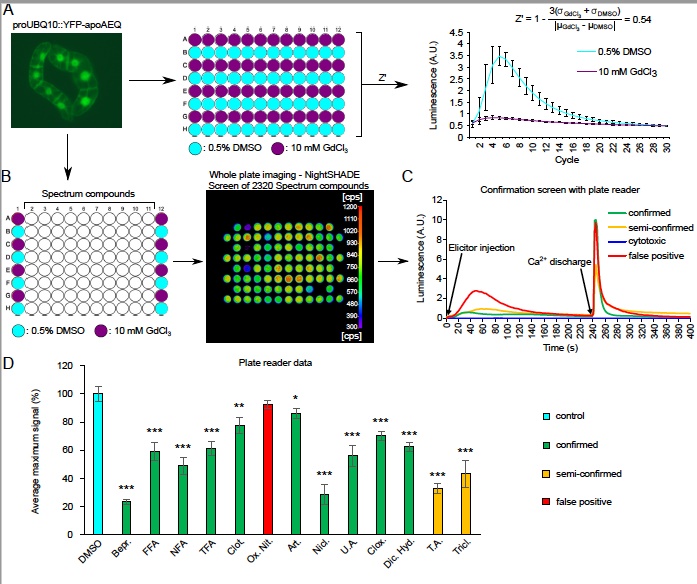
Identification of novel inhibitors of auxin-induced Ca2+ signaling via a plant-based chemical screen (Plant Physiol)
Plant Science Research WeeklyPlants can adjust their shape, size and number of organs, grow according to gravity and light, and regenerate damaged tissues, through the action of the plant hormone auxin. Another versatile signal comes from Ca2+, which is a crucial second messenger for many cellular processes during responses to a…

PILS6 is a temperature-sensitive regulator of nuclear auxin input and organ growth (PNAS)
Plant Science Research WeeklyAuxin, a plant hormone and major growth regulator, is fundamental for adaptations to climatic variation in shoots but its role in roots under elevated temperatures is more controversial. PIN-LIKES (PILS) 2, 3 and 5 proteins have previously been identified to restrict nuclear auxin signalling but the…
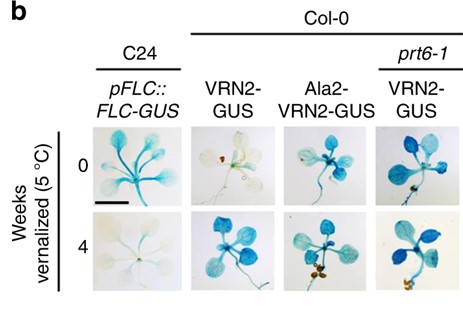
Plant PRC2 subunit VRN2 stability regulation through oxygen dependent proteolysis
Plant Science Research WeeklyPolycomb repressive complex 2 (PRC2) represses the expression of its gene targets epigenetically and VERNALIZATION 2 (VRN2) is a subunit of the PRC2 complex in Arabidopsis. The PRC2-VRN2 complex, among other roles, regulates flowering after long cold exposure. Gibbs and coworkers identified VRN2 as a…

The mechanism by which MYC2 regulates the termination of jasmonic acid signaling
The Plant Cell, The Plant Cell: News
Source: Institute of Genetics and Developmental Biology Published: 2019-01-11. Translated from the original.
As an important plant hormone, jasmonic acid regulates plant defense responses and adaptive growth. When the plant is exposed to pests or other stresses, the active jasmonic…

Hydrogen sulfide regulates energy production to delay leaf senescence induced by drought stress in Arabidopsis (Front Plant Sci)
Plant Science Research WeeklyPremature leaf senescence can occur due to a mutation of a L-cysteine desulfhydrase1 (DES1) gene that encodes an enzyme that produces hydrogen sulfide (H2S), a "gasotransmitter" with functions in plants as well as mammals. Jin et al. explored the physiological functions of H2S in Arabidopsis. In addition…

